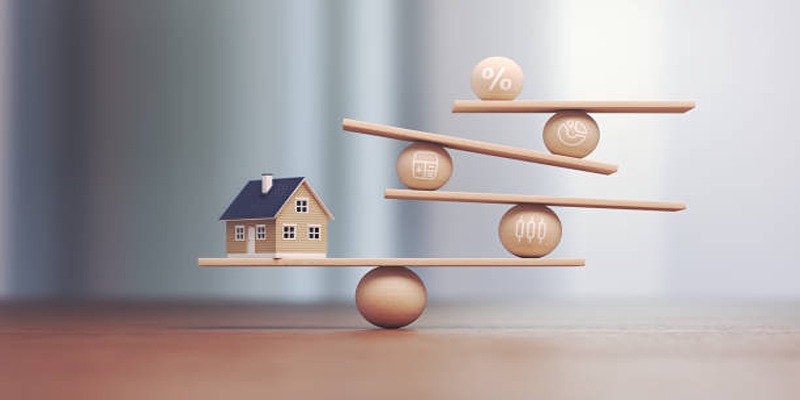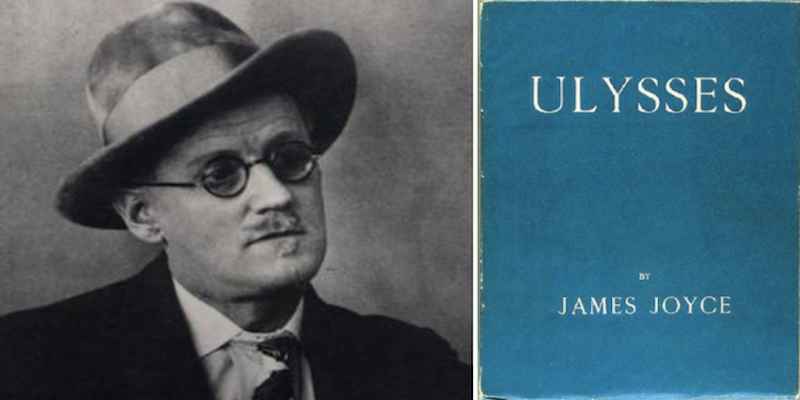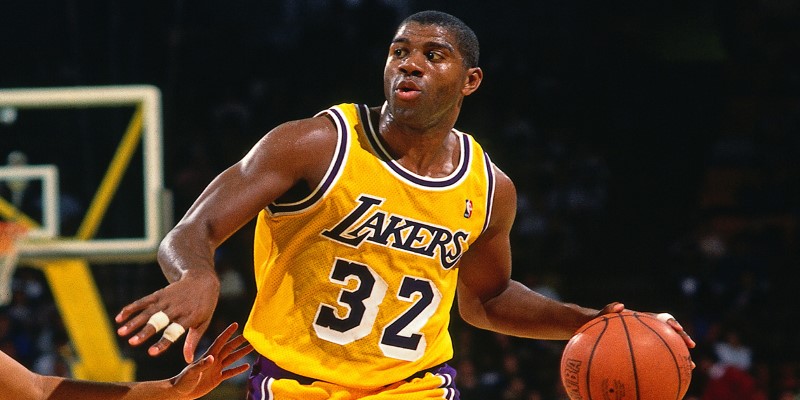Buying a home often involves weaving through a maze of terms, rates, and strategies to make the process more manageable and affordable. For buyers looking for ways to lower their initial monthly mortgage payments, the 2-1 buydown might be a solution worth exploring. This blog will break down everything you need to know about a 2-1 buydown, including how it works, its benefits and drawbacks, and whether it might be the right choice for you.

A 2-1 buydown is a mortgage financing option designed to provide buyers temporary relief from high monthly payments. It reduces the interest rate applied to the mortgage in the first two years, which translates to lower payments early in the loan term before reverting to the full rate. The “2-1” in the name reflects how it works:
Effectively, this structured reduction provides room for buyers to adjust their finances during the initial years, easing them into the financial commitment of homeownership.
The 2-1 buydown program involves an upfront cost, often paid by the seller, builder, or lender, to cover the temporary rate reduction. This cost is essentially the difference between the reduced monthly payments over the first two years and what the payments would have been at the full rate.
Here’s a simplified example:
Monthly payments breakdown:
The difference in monthly payments is subsidized upfront, creating a "buydown fund." For instance, if you save $366/month in Year 1 and $188/month in Year 2, the total buydown cost would be $6,648.
This fund ensures that the lender still receives the full scheduled payment amount for each month, even at the lower buyer payment levels.
It’s worth noting that these arrangements are agreed upon before the loan closes and must be approved by the lender.
The staged payment structure offers a seamless financial transition into homeownership, making it particularly appealing to first-time buyers or those managing other significant costs, such as furnishing a new home.
With reduced payments in the first two years, buyers can allocate funds towards savings, investments, or other financial priorities.
A 2-1 buydown can become a win-win negotiation tool. Sellers who cover buydown costs avoid steep price cuts on their properties while making the deal more attractive to buyers.
The lower payments in the first two years may help some buyers qualify more easily for a mortgage, as initial affordability plays a significant role in the approval process.
Unlike adjustable-rate-mortgages (ARMs), which involve fluctuating interest rates over time, 2-1 buydowns retain a predictable fixed rate from the third year onward.
While the early payment relief is helpful, a 2-1 buydown doesn’t lower the total cost of the mortgage. You’ll pay the full interest over the course of the loan.
The buydown requires an upfront payment for the subsidy fund. If the seller or builder doesn’t offer to cover it, buyers must weigh whether investing in a buydown fund is worth it.
The benefit of lower payments is only temporary, lasting just two years. Buyers should be prepared for their full monthly payments starting in the third year.
If you’re planning to sell the home within the first few years, a 2-1 buydown may not make financial sense. You won’t fully reap its temporary benefits.
If buyers stretch themselves too thin to afford the home at the lower buydown rates without considering the higher payments in Year 3 onwards, financial stress could set in.

A 2-1 buydown can be an excellent option, but it isn’t for everyone. Consider the following questions to evaluate if it’s a good fit for your situation:
If you answered yes to most of these, a 2-1 buydown could provide the breathing room you need while settling into homeownership.
A 2-1 buydown is a clever, short-term tool to make homeownership more accessible and manageable for buyers, especially in a high-interest-rate environment. By offering temporary payment relief, it provides time for buyers to adjust and plan their finances while benefiting from a fixed-rate mortgage in the long run. However, the value of a 2-1 buydown heavily depends on your specific circumstances, long-term plans, and whether the upfront cost is covered by a seller, builder, or out of your own pocket.

By Sid Leonard/Oct 10, 2024

By Frederica/Jan 31, 2024

By Eleanor/Apr 15, 2024

By Susan Kelly/Apr 30, 2024

By Celia Shatzman/Jun 03, 2025

By Eleanor/Mar 12, 2025

By Alice Ellis/Mar 14, 2024

By Frederica/May 04, 2024

By Frederica/Mar 12, 2024

By Eleanor/Feb 21, 2024

By Mark Allen/Apr 13, 2024

By Eleanor/Jan 06, 2025